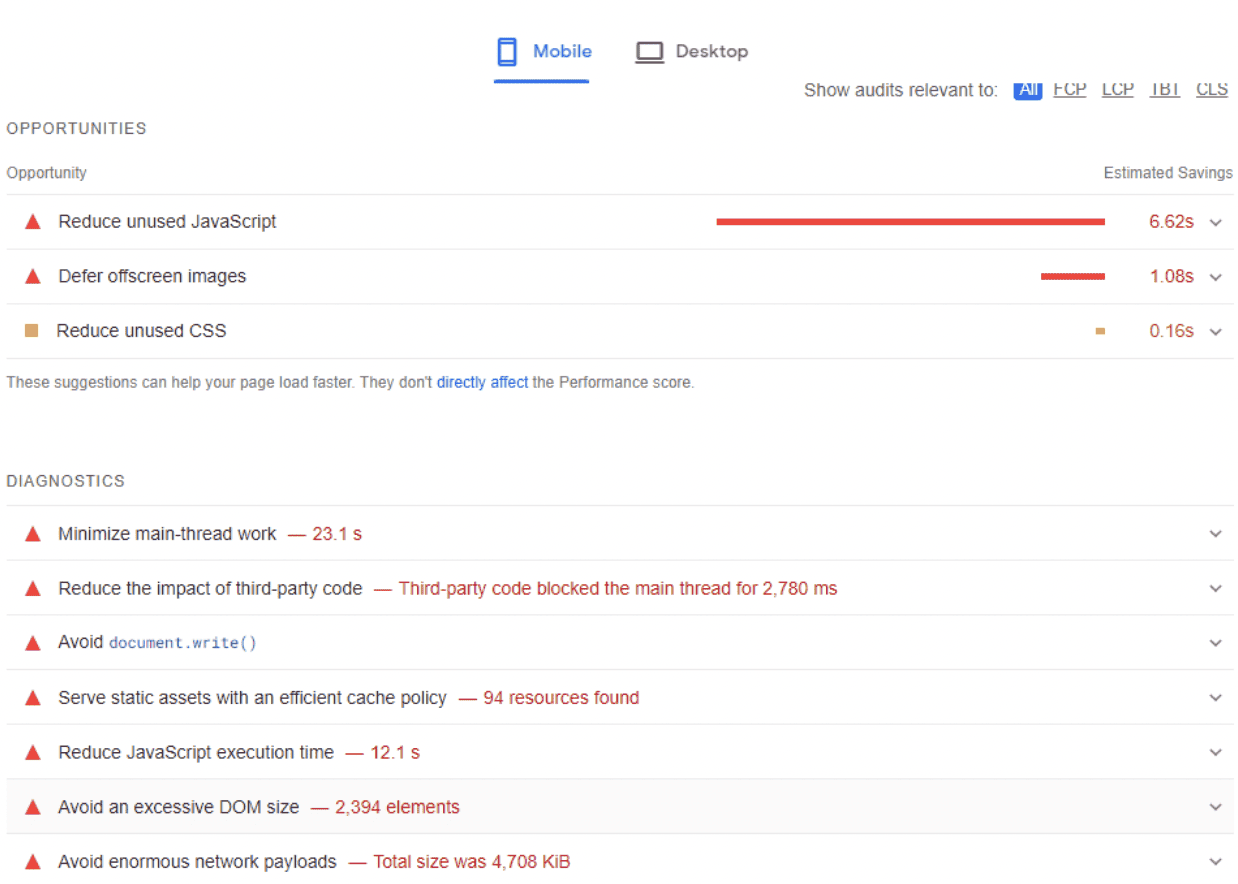In the constantly evolving world of web design, speed has become a crucial performance metric. Slow-loading websites lead to poor user experience, higher bounce rates, and ultimately, lost revenue. One of the most popular WordPress themes on the market today is Divi by Elegant Themes. Known for its versatility and ease of use, Divi has powered over 800,000 websites. But how fast is Divi, really? This deep dive explores the current performance of the Divi theme, where it excels and where it may fall short, using both empirical data and real-world testing.
What Makes a WordPress Theme “Fast?”
Before we evaluate Divi specifically, it is important to understand what constitutes a fast WordPress theme. Several key factors contribute to a theme’s speed:
- Efficient Codebase: Well-written, optimized code that minimizes file size and complexity.
- Minimal HTTP Requests: Themes that reduce the number of files requested by the browser can load faster.
- Optimized CSS & JavaScript: Concatenation, minification, and caching help improve performance.
- Server Impact: Some themes place heavier demands on server resources.
- Lighthouse and Core Web Vitals Scores: These are now critical indicators for what is considered a “fast website.”
Now that we understand what determines theme speed, let’s focus on how Divi measures up.
Divi’s Past and Performance History
Historically, Divi has had a mixed reputation when it comes to speed. Due to its visual builder and all-in-one functionality, many users reported slower load times compared to lightweight themes such as Astra or GeneratePress. These performance issues were often due to:
- Large numbers of unnecessary scripts being loaded.
- Non-optimized CSS and JS files.
- Heavy reliance on shortcodes and dynamic content rendering.
However, it’s important to note that Elegant Themes has made significant strides in improving Divi’s speed – particularly with updates after version 4.10.
Speed Enhancements Introduced in Recent Divi Updates
With the launch of Divi version 4.10 and beyond, Elegant Themes took a clear stance on optimizing performance. These improvements included:
- Dynamic Module Framework: Divi now only loads the CSS and JavaScript required for modules used on a specific page.
- Critical CSS Generation: Improves first contentful paint (FCP) by loading only essential CSS initially.
- Smart Styles: Identifies and combines duplicate styles to reduce overall file size.
- JavaScript Optimization: Scripts are broken down and loaded only when needed, reducing initial load.
These updates are a turning point for Divi as a serious contender in speed discussions.
Empirical Testing: Divi Theme Speed Benchmarks
To get a better picture, let’s look at some benchmark results taken from multiple speed testing tools, including Google PageSpeed Insights, GTmetrix, and WebPageTest. Tests were performed on a fresh WordPress install using Divi 4.22.1 with no additional plugins and using the standard Divi Starter Template.
Results from Google PageSpeed Insights (Mobile):
- First Contentful Paint: 1.4s
- Largest Contentful Paint: 2.6s
- Time to Interactive: 2.9s
- Total Blocking Time: 110ms
- Overall Performance Score: 86
Results from GTmetrix:
- Fully Loaded Time: 1.8s
- Performance Score: 92%
- Structure Score: 96%
- Page Size: 725KB
- Requests: 41

These numbers confirm significant improvements in performance, especially when compared to older Divi versions. While not as fast as ultra-lightweight themes, Divi’s performance is now very competitive.
Comparison with Other Popular Themes
To understand how Divi stacks up, we compare it against three well-known contenders:
| Theme | PageSpeed Performance (Mobile) | Total Page Size | Total Requests |
|---|---|---|---|
| Divi | 86 | 725KB | 41 |
| Astra | 95 | 490KB | 21 |
| GeneratePress | 94 | 505KB | 24 |
| OceanWP | 88 | 680KB | 33 |
As the data indicates, Divi is slightly heavier than some of the competition, but its numbers are respectable given its visual builder functionality and design flexibility.
Real-World Use Cases
Theoretical tests aside, how does Divi perform in practical applications? In real-world projects—especially for small business websites and landing pages—Divi performs well with optimizations like:
- Using a fast hosting provider (e.g., Cloudways, Kinsta).
- Enabling built-in performance options from the Divi Theme Options panel.
- Using a CDN and proper caching plugin (e.g., WP Rocket).
A well-optimized Divi site can easily score in the 90s on Google PageSpeed for desktop and mid-80s for mobile without sacrificing layout or functionality.
Tips to Make Divi Even Faster
To extract the maximum performance from your Divi-powered website, consider the following optimizations:
- Enable Divi’s Performance Enhancements: These are found under Theme Options → Performance.
- Implement Lazy Loading: Always lazy load images and iframes to reduce initial requests.
- Minify and Defer CSS/JS: Use Divi’s built-in features or plugins like Autoptimize.
- Host Analytics & Fonts Locally: Reduce third-party calls.
- Use SVGs When Possible: Lighter and scalable without loss of quality.

By following these recommendations, users can easily build high-performance websites without abandoning the advantages of the Divi Builder interface.
Conclusion: Is Divi Fast Enough for Modern Websites?
Yes, Divi is fast enough—if used appropriately. Its performance upgrades as of 2023 have brought it close to lightweight themes in terms of speed, while still offering unmatched design flexibility. Though it remains slightly heavier due to its visual builder framework, with the right optimizations, Divi is more than capable of delivering a fast and smooth user experience.
In summary, if you are someone who values powerful design tools, dynamic layouts, and ease of use but are also conscious about speed, Divi now presents a very solid middle ground. While it may not outperform barebones themes in raw speed, recent updates have significantly narrowed the gap—making it a viable choice for developers and business owners who want both performance and creative control.
With speed no longer a deal-breaker, Divi remains a top contender in the modern theme landscape for 2024 and beyond.